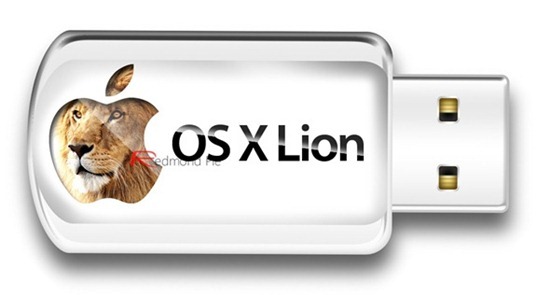
I currently have a a USB stick with a version of Puppy linux on it, that has 2 partiions on it - 1. A storage partiion Puppy is installed onto the stick, and I can modify files, add / remove programmes and plug-ins for browsers, etc, etc. And it also have the (very useful) ability to copy itself into RAM to make it much faster. CD/DVD drives are disappearing from computers, leaving USB storage as the only option when re-installing an operating system. The process is fairly painless and, if you have a bit of time and patience you can complete the task on a Mac. Jesus Vigo goes over the steps to create a bootable USB to install OS X 10.7-10.8 and OS X 10.5-10.6, as well as how to put multiple versions on the same USB. Confirm that the USB drive will lose it’s data and enter the Admin password when asked; Disk Utility will now create a bootable OS X Mountain Lion installer drive out of USB drive using the disk image, this can take a little while depending on how fast the drive and Mac are but 20-30 minutes isn’t unusual. Due to my rampant experimentation with many different Linux distros, I often times have to wipe a USB drive completely after making it a bootable live USB for something like OpenSUSE. If you used the Imagewriter.exe program used to create the drive, you’ll have a hard time later on if you try to use uNetBootin to make a live USB for a.

Make A Bootable Os X Usb
Due to my rampant experimentation with many different Linux distros, I often times have to wipe a USB drive completely after making it a bootable live USB for something like OpenSUSE. If you used the Imagewriter.exe program used to create the drive, you’ll have a hard time later on if you try to use uNetBootin to make a live USB for a different distro. You can use bootice.exe in Windows to restore the drive. Here’s how to do it with fdisk in Linux (courtesy of PenDriveLinux.com)Restoring your USB key to it’s original state using Linux:

First we need to delete the old partitions that remain on the USB key.

Make Bootable Os X Usb
- Open a terminal and type sudo su
- Type fdisk -l and note your USB drive letter.
- Type fdisk /dev/sdx (replacing x with your drive letter)
- Type d to proceed to delete a partition
- Type 1 to select the 1st partition and press enter
- Type d to proceed to delete another partition (fdisk should automatically select the second partition)
Next we need to create the new partition.
- Type n to make a new partition
- Type p to make this partition primary and press enter
- Type 1 to make this the first partition and then press enter
- Press enter to accept the default first cylinder
- Press enter again to accept the default last cylinder
- Type w to write the new partition information to the USB key
- Type umount /dev/sdx (replacing x with your drive letter)
The last step is to create the fat filesystem.
- Type mkfs.vfat -F 32 /dev/sdx1 (replacing x with your USB key drive letter)

Make A Bootable Osx Usb In Windows
That’s it, you should now have a restored USB key with a single fat 32 partition that can be read from any computer.
